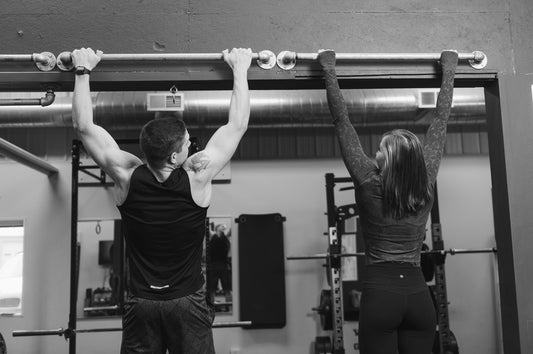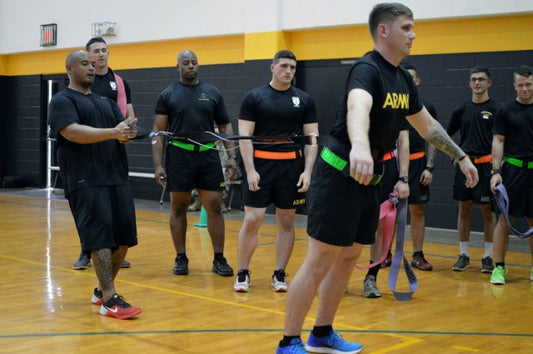CrossFit

Reasons on Why You feel Tired Even Before Doing...
If you always happen to suffer from that two o’clock fatigue syndrome, even in the morning hours, well this article is for you. Sometimes it’s not only lack of exercise...
Reasons on Why You feel Tired Even Before Doing...
If you always happen to suffer from that two o’clock fatigue syndrome, even in the morning hours, well this article is for you. Sometimes it’s not only lack of exercise...

Top Benefits of Cross Training Workouts for Teens
Many teens know that CrossFit is a training regime that combines Olympic weightlifting, gymnastics, and other forms of intense workouts. However, few of them know exactly how CrossFit as a...
Top Benefits of Cross Training Workouts for Teens
Many teens know that CrossFit is a training regime that combines Olympic weightlifting, gymnastics, and other forms of intense workouts. However, few of them know exactly how CrossFit as a...
Know some Best Cross Training Supplements
For you to get it right in the WOD life, you have to know the building blocks of a successful CrossFit regime. You may have heard of how exercises are...
Know some Best Cross Training Supplements
For you to get it right in the WOD life, you have to know the building blocks of a successful CrossFit regime. You may have heard of how exercises are...

Cross Training Classes - Is Cross Training abou...
CrossFit coaches from around the world have experienced instances where they are approached by athletes who desire to add something on top of their normal CrossFit classes. They believe the...
Cross Training Classes - Is Cross Training abou...
CrossFit coaches from around the world have experienced instances where they are approached by athletes who desire to add something on top of their normal CrossFit classes. They believe the...

Cross Training Exercises - Improving Position &...
Squat therapy, one of the major CrossFit exercises, has the power to enable you comfortably to perform the difficult positions of squat and at the same time enhance your focus...
Cross Training Exercises - Improving Position &...
Squat therapy, one of the major CrossFit exercises, has the power to enable you comfortably to perform the difficult positions of squat and at the same time enhance your focus...
How to Integrate Cross Training Workouts in You...
A typical triathlon workout schedule includes cycling, swimming, and running. In themselves, these are a full plate for any athlete and they can easily edge out the time for strength...
How to Integrate Cross Training Workouts in You...
A typical triathlon workout schedule includes cycling, swimming, and running. In themselves, these are a full plate for any athlete and they can easily edge out the time for strength...


